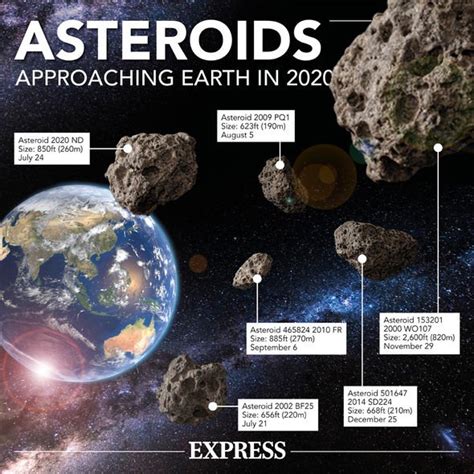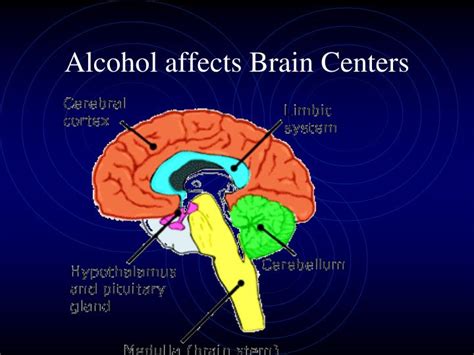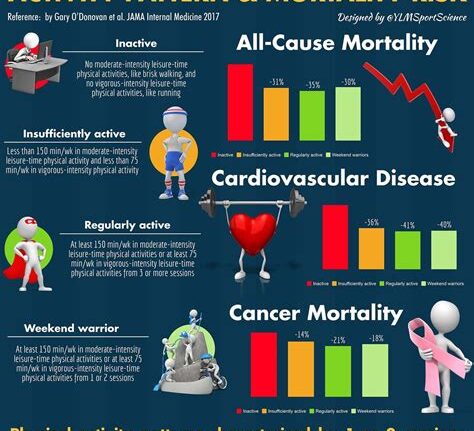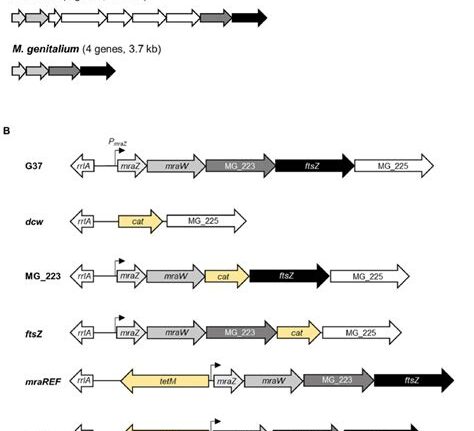In December 2024, astronomers were taken by surprise when Asteroid 2024 YR4 made its debut in the cosmic stage. This newfound celestial body quickly grabbed the attention of experts worldwide due to its potential threat to Earth and the Moon.
The International Asteroid Warning Network (IAWN) was roused from its slumber on January 29th, 2025, issuing its first-ever warning about this looming danger. Initial calculations hinted at a 1.3% chance of the asteroid colliding with our planet on December 22nd, 2032. With a projected size ranging between 40 and 90 meters, Asteroid 2024 YR4 fell into the category of Risk Level 3 on the Torino scale – demanding serious scrutiny from astronomers across the globe.
At the forefront of this critical mission are dedicated researchers from the University of Helsinki, notably postdoctoral scholars Zuri Gray and Grigori Fedorets. Since January 30th, these diligent minds have been meticulously monitoring Asteroid YR4’s movements using the powerful Nordic Optical Telescope (NOT) perched in La Palma, Canary Islands. Through their observations, they aim to decipher crucial details about the asteroid’s trajectory, spin dynamics, dimensions, and morphology – all pivotal pieces in fortifying our defenses against potential impacts.
“We have been focusing on the asteroid’s precise position and motion…
As weeks passed by, tensions rose as projections showed a peak impact probability of up to 3% in mid-February – a record-high for an asteroid of this size range posing such a substantial risk in recorded history. However, Mother Nature threw in a curveball when a full moon momentarily disrupted observations by obscuring YR4’s faint signals. Yet undeterred by lunar interferences, Finnish researchers swiftly regained control after this celestial hindrance had passed.
Through their unwavering efforts post-full moon phase, scientists managed to slash down YR4’s impact odds significantly to less than 0.001%. Nonetheless, fresh data unveiled an alternate peril: there now looms a heightened risk of around 4% that this space rock might rendezvous with our loyal lunar companion instead.
“Should the asteroid impact the Moon…
To further unravel this extraterrestrial enigma enveloping us all like an ominous shroud, experts turned towards cutting-edge tools like NASA’s James Webb Space Telescope for deeper insights into Asteroid YR4’s properties. Eric MacLennan spearheaded investigations into infrared radiations emitted by YR4 during an observation session on March 26th.
Unlike conventional visible light assessments affected by surface reflectivity nuances — infrared wavelengths provided more direct indicators regarding cosmic measurements’ accuracy levels. After meticulous analyses yielded results indicating between a staggering range of diameters stretching from approximately 46 to upwards of seventy-four meters; astronomers now possess critical intel essential for assessing probable outcomes should disaster strike close to home or potentially farther away onto our celestial neighbor – Luna herself.
“The initial diameter estimate…”
Despite dwindling risks bringing some solace for now—vigilance remains key as telescopes both terrestrial-based and those orbiting above will persistently track Asteroid YR24 until April or May ’25 before it slips out of sight till its next anticipated approach come ’28.
As praises continue pouring in for NOT’s swift responsiveness surpassing other similar instruments globally concerning planetary defense realms—the limelight shines brightly upon staff along with engineers who’ve diligently nurtured NOT over time within Nordic territories.
Associate Professor Mikael Granvik underscores how instrumental top-tier facilities akin to NOT can offer rapid turnarounds essential amidst threats posed by hazardous asteroids much like what we’re encountering today.
“We were able to very quickly observe…”
Drilling down deeper into Finland’s scientific landscape unveils rich expertise congregating at University Helsinki; spanning numerous domains encompassing astronomical observations right through laboratory assays whilst dovetailing seamlessly with theoretical underpinnings laying foundations vital towards comprehending near-Earth object behavioral patterns.
Addressing looming threats triggered via incoming near-Earth objects falls under purview handled deftly by Finland’s National Land Survey bolstered synergistically soon-to-be-launched Space Situational Awareness Center tailored specifically for combating potential risks induced via natural occurrences such as space weather disruptions alongside artificial space debris plagued environments encircling satellite operations orbiting our skies every passing minute.









Leave feedback about this